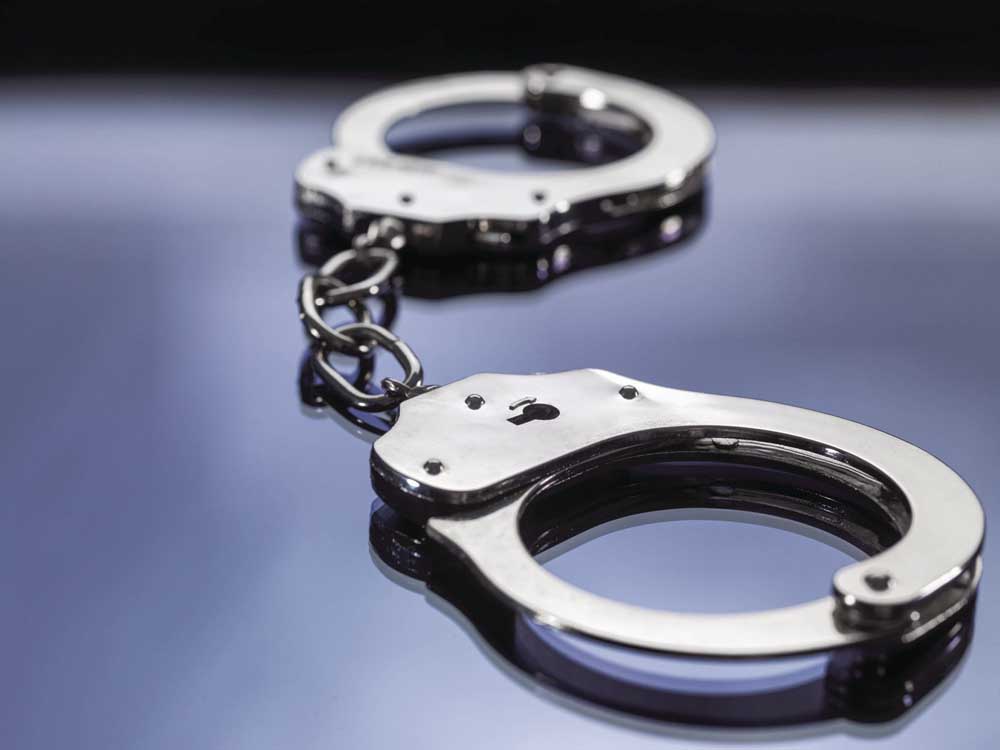The Magna Carta established rights
Published 7:32 pm Wednesday, May 20, 2015
Exactly 800 years ago, a group of noblemen presented England’s King John with an ultimatum: Recognize limits to the power of the monarchy, or face civil war.
King John spent the month between mid-May and June 15 weighing his options. He finally signed the Great Charter, or Magna Carta, at Runnymede.
Trending
The Heritage Foundation’s Hans von Spakovsky wrote recently that Americans, especially, have much to learn from a rediscovery of the Magna Carta.
“It was the basis for establishing the principles that led to the many rights that we take almost for granted today,” he notes. “These include due process of law, the right to a jury trial, freedom from unlawful imprisonment, and the theory of representative government.”
Last winter, the Library of Congress had an exhibition on the Magna Carta. The exhibit explained that while the original Magna Carta was limited in both its effects (it only applied to the noblemen) and its effectiveness (another had to be signed a year later), “this medieval charter, through centuries of interpretation and controversy, became an enduring symbol of liberty and the rule of law.”
Von Spakovsky agrees.
“For example, Chapter 39 provides no freeman will be seized, dispossessed of his property, or harmed except ‘by the law of the land,’ a phrase that eventually became ‘due process of law,'” he wrote. “This very concept is incorporated in both the Fifth and Fourteenth Amendments to the Constitution, which guarantee that no ‘freeman’ in America can be ‘deprived of life, liberty, or property, without due process of law.'”
The document also established rights for defendants.
Trending
“Chapter 39 of Magna Carta guaranteed that no freeman can be punished without ‘the lawful judgment of his peers,'” Von Spakovsky wrote. “This principle is the basis for our concept of the right to a trial by jury, which is guaranteed in Article III of the Constitution, as well as the Seventh Amendment.”
But the Magna Carta’s most important function was to establish limits on the power of the monarch — what we would call the executive branch, in our system of government.
“In other words, the concept integral to our own republic that no man is above the law, not even the president,” Von Spakovsky wrote. “Chapter 61 of Magna Carta stipulated that 25 barons would be selected to ensure that King John complied with the terms of the charter and if he violated the terms, they had the authority to ‘distrain’ the king (seize his properties) until he complied. That principle became a ‘symbol of the supremacy of the law over the will of the king.'”
Von Spakovsky said the Obama administration could use a brushing-up on its understanding of the concept. As the Heritage Foundation has noted elsewhere, “Unfortunately, time and again, President Barack Obama has signaled his willingness to “go it alone,” acting without congressional approval. Indeed, he has trumpeted this as a virtue of his Administration rather than a vice.”
From amending Obamacare to choosing not to enforce immigration laws, the president has rejected the rule of law.
King John might have some advice for him on that.







